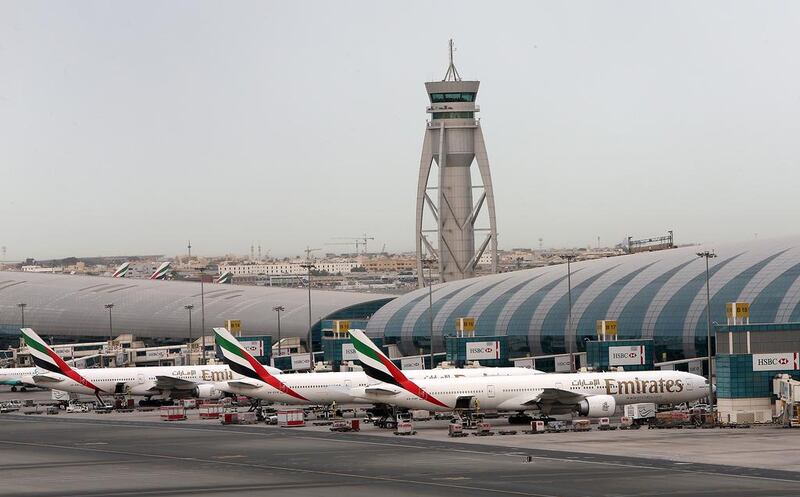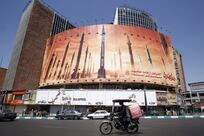The implementation of a new air traffic management system at Dubai International Airport marks a critical step towards air-traffic efficiency in the Arabian Gulf region. Thanks to the rapid growth of Gulf airlines such as Emirates and Etihad, this region is one of the busiest air-traffic corridors in the world. As regional airlines continue to expand to new destinations and increase traffic on existing routes, the health of the industry will partly hinge on the application of advanced air traffic control systems.
As The National reported yesterday, the approach peak offload procedure, which has been on trial since March, assists the flow of traffic at Dubai International Airport by scheduling a lighter aircraft, such as the Airbus A320 or Boeing 737, to one of the two runways, during peak arrival hours behind a larger aircraft, such as the Airbus A380. This permits the lighter aircraft to maintain a shorter distance than had previously been possible behind larger aircraft while landing, allowing for faster runway clearance and taxi to the terminal. This, in turn, allows flights in the queue to land quicker, cutting peak arrival delays by up to 40 per cent.
While this might sound technical, the premise is easy to understand. Improving efficiency of aircraft landing will enable a safe increase in traffic and thus further expansion by airlines such as Emirates. Dubai’s movement on the issue is welcome, but more is needed across the Arabian Gulf corridor to ensure that heavy traffic patterns in this area remain safe and efficient.
Not only should other airports follow Dubai’s model but debate about a unified GCC regional air traffic management system is needed.
This could result in a united approach that will allow all carriers in the Gulf the ability to safely expand capacity. Such a development is part of the infrastructure (similar to runways and terminals) needed to maintain world class airlines.





